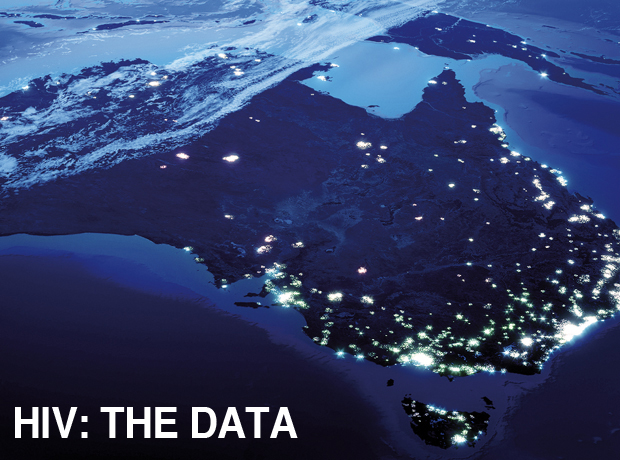HIV Media Guide
Information for journalists
Australia's HIV response
Australia’s response to HIV is underpinned by a commitment to:
- Engagement of affected communities in developing programs and policy
- Partnership between community, government, and the health and research sectors.
Strong partnership is particularly important given that new scientific findings offer real potential for both HIV prevention and improved health outcomes for people living with or at risk of HIV.
Effective strategies for preventing HIV transmission have been embedded in the response since the earliest years of the epidemic. Key strategies that specifically target the priority populations identified by the National HIV Strategy include:
- Harm reduction – for example the implementation of needle and syringe exchange programs
- Peer education.
This approach has resulted in a lower prevalence of HIV among gay and other men who have sex with men, Aboriginal and Torres Strait Islander people, people who inject drugs, and sex workers and their clients, compared with the rest of the world.
The development of prevention programs that specifically target will continue to be a priority for the HIV response.
Although an effective response has contained the epidemic in Australia, strong leadership is required to maintain this success by addressing existing and emerging legal and policy barriers.
See also:
The history of the Australian response
Australia’s early response to HIV and AIDS is widely recognised as being one of the best in the world. Following the identification of HIV and AIDS in Australia in 1982, federal and state governments responded proactively.
They implemented often controversial public health strategies such as condom vending machines, needle and syringe exchange programs and, most importantly, publicly talked about the risk factors for HIV transmission.
Australian communities mobilised to prevent HIV transmission and provide support to those living with HIV. Communication with government was strong, and the partnership between government and those communities most affected by HIV (such as gay men, sex workers and people who inject drugs) remains a distinguishing feature of the Australian response to HIV.





